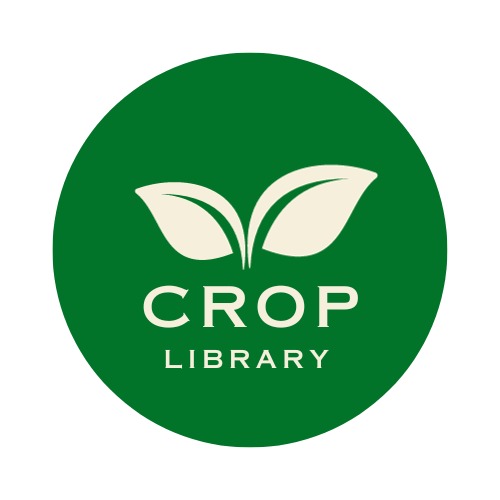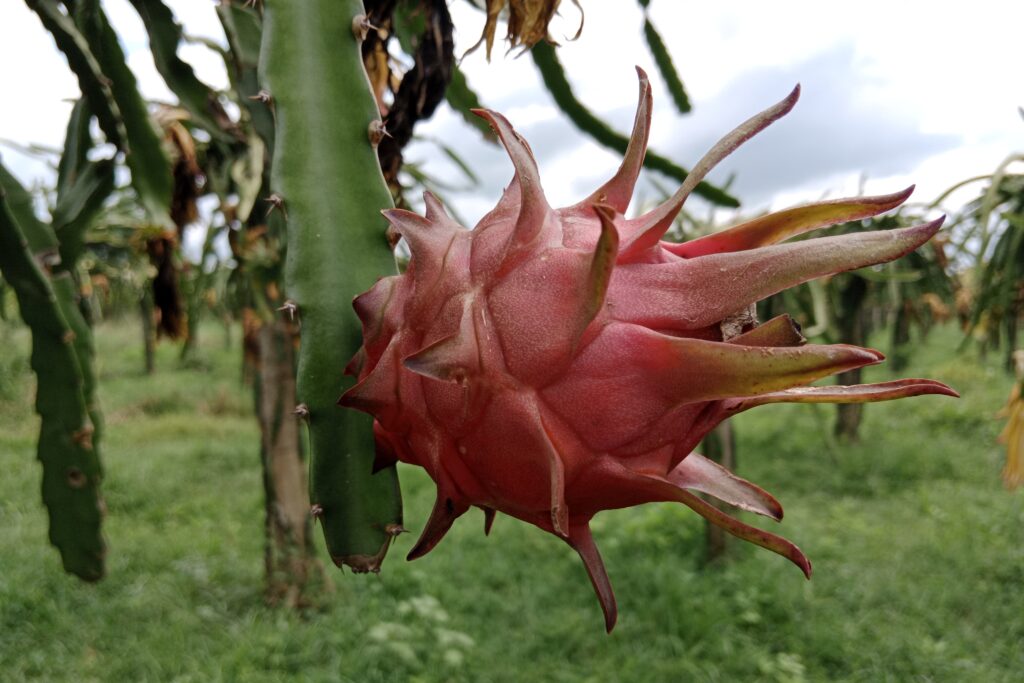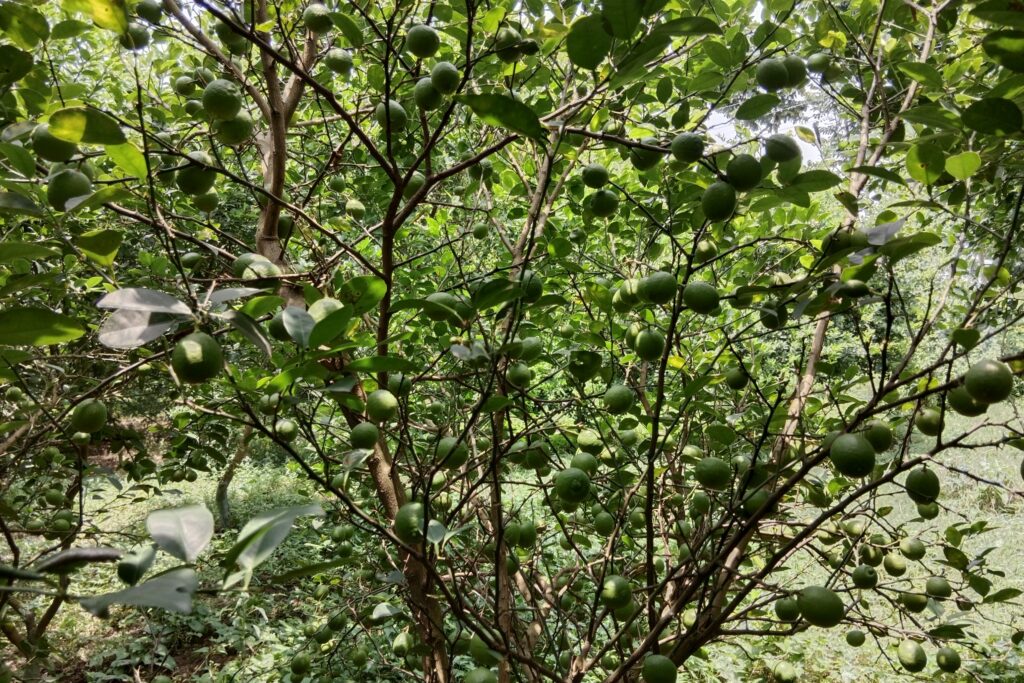Mango Farming
Mango farming in Nepal offers significant long-term economic benefits, making it an excellent investment for farmers seeking sustainable income. Known as the “King of Fruits,” mangoes enjoy high market demand locally and internationally, ensuring considerable mango farming profit when managed effectively. With Nepal’s favorable climatic conditions, mango farming flourishes in the Terai and lower hilly regions, delivering consistent yields with proper care. Successful cultivation involves strategic planning, including proper pit preparation, selecting high-quality grafted saplings, employing optimal planting techniques, and implementing effective fertilization and irrigation practices. This guide provides a detailed overview of mango farming, covering investment costs, expected yield per hectare, and potential profitability, enabling farmers to maximize their returns.

Land Preparation and Pit Digging for Mango Plantation
Proper land preparation and pit digging are fundamental steps in mango cultivation, as they lay the foundation for healthy root establishment and long-term plant productivity. Well-prepared pits ensure optimal aeration, drainage, and nutrient availability, which are critical for robust tree growth and higher fruit yields.
Steps for Effective Pit Preparation
A). Pit Size
Each pit should measure 1m x 1m x 1m (length x width x depth) to provide sufficient space for root expansion and the incorporation of soil amendments. This size ensures that the roots have enough room to grow and access nutrients effectively.
B). Spacing
Row-to-row distance: 9 meters
Plant-to-plant distance: 9 meters
Mango trees grow large and require ample space for their canopy and root system. Proper spacing prevents overcrowding, reduces competition for nutrients, and minimizes the risk of diseases. It also facilitates easier management, irrigation, and harvesting operations, ensuring healthy growth and optimal yields.
C). Timing
Pits should be dug at least one month before planting to allow exposure to sunlight and air. This process helps eliminate harmful pathogens, improves soil aeration, and creates a favorable environment for the young plants.
D). Soil Enrichment
To improve soil quality, each pit should be filled with a nutrient-rich mixture comprising 10 to 15 kg of farmyard manure (FYM) or compost, which enhances soil fertility, boosts organic matter content, and supplies essential nutrients for plant growth. Additionally, 1 kg of single super phosphate (SSP) should be included to promote root development and support early plant establishment, ensuring robust and healthy growth.
Also Read About: Grape Farming Profit per Hectare.
Planting Methods for Maximum Yield
In mango farming, the choice of planting method plays a crucial role in determining the overall yield and ease of management. Two commonly used planting methods are the Square Planting Method and the Hexagonal Planting Method, each offering unique advantages depending on the farmer’s goals and resources. Additionally, incorporating biofertilizers and beneficial microorganisms at the time of planting can significantly enhance plant health and productivity.
Square Planting Method
In this method, mango trees are planted at equal distances in a square pattern.
Advantages
- Ensures uniform space utilization, allowing each tree to receive equal access to sunlight, nutrients, and water.
- Facilitates easy managementof the orchard, including pruning, irrigation, and harvesting, as the layout is straightforward and organized.
Hexagonal Planting Method
This method involves planting mango trees in a staggered hexagonal pattern, which allows for 15% more plants per unit area compared to the square method.
Advantages
- Provides better canopy coverage, maximizing the use of available space and sunlight.
- Leads to higher yield per hectaredue to the increased number of trees and efficient space utilization.
Application of Biofertilizers and Beneficial Microorganisms at Planting
To ensure healthy root development and improve nutrient availability, the following should be applied at the time of planting:
Biofertilizers
a). Azospirillum (50 grams per pit)
Promotes nitrogen fixation, enhancing soil fertility and plant growth.
b). Phosphorus Solubilizing Bacteria (50 grams per pit)
Helps release phosphorus from the soil, making it available for root uptake.
c). Potash Mobilizing Bacteria (50 grams per pit):Improves potassium availability, which is essential for fruit quality and disease resistance.
Trichoderma viridae (50-100 grams per pit)
Applying Trichoderma viridae (50–100 grams per pit) during planting offers multiple benefits for young mango plants. This beneficial fungus serves as a biocontrol agent, protecting plants from soil-borne pathogens while enhancing root growth. It also improves the plant’s ability to absorb nutrients and water. Combined with biofertilizers, the use of Trichoderma viridae ensures strong root system establishment, optimal nutrient access, and effective disease protection, laying the foundation for healthy growth and high productivity.
Cost of Investment for 1 hectare of Mango Farming
(All the cost mentioned are in Nepalese Currency, NRs.)
Investing in mango farming is a long-term commitment that requires careful planning and budgeting. The initial investment covers various aspects, including land preparation, planting materials, fertilizers, irrigation systems, labor, and pest control. Below is a detailed breakdown of the estimated costs for establishing and maintaining a 1-hectare mango farm.
| S.N. | Categories | Estimated Cost per hectare (NRs.) |
| 1 | Land Preparation (plowing, leveling, and pit digging) | 120,000 |
| 2 | Grafted Mango Saplings (125 plants × NRs. 300) | 37,500 |
| 3 | Fertilizers & Manure | 127,500 |
| 4 | Irrigation System Setup (Drip) | 375,000 |
| 5 | Labor Costs (Planting & maintenance) | 105,000 |
| 6 | Pest & Disease Control | 90,000 |
| 7 | Miscellaneous Costs (Pesticides, Mulch, etc.) | 120,000 |
| Total Cost | 975000 |
Annual Maintenance cost
The annual maintenance cost for mango orchards from the second-year onward ranges between NRs. 300,000 to 400,000 per hectare, covering essential activities like fertilization, irrigation, pruning, pest and disease control, weed management, and labor. These expenses ensure soil fertility, healthy tree growth, and optimal fruit production. They include regular application of fertilizers and bio-fertilizers, upkeep of irrigation systems, pest and disease monitoring, seasonal pruning, weed control, and maintenance of orchard infrastructure such as fencing and pathways. Investing in these practices enhances orchard productivity and profitability.
Expected Income From One Hectare of Mango Farming
Mango farming is a long-term investment with significant returns starting from the third year of cultivation. Mango trees begin bearing fruit in the third year, with the yield steadily increasing as the trees mature. Below is a detailed breakdown of the expected income from one hectare of mango farming:
| Year | Estimated Yield (kg) | Market Price (NRs. /kg) | Total Income (NRs.) |
| 3rd Year | 1500 kg | 50 | 75,000 |
| 4th Year | 3600 kg | 50 | 180,000 |
| 5th Year | 5280 kg | 50 | 264,000 |
| 6th – 10th Year | 9750 kg | 60 | 585,000 |
| 10th Year Onward | 21600 kg | 60 | 1296,000 |
Projected Return on Investment
By the sixth year, a mango farm starts generating substantial profits, with annual earnings surpassing maintenance expenses. By the tenth year, a well-managed hectare of mango orchard can produce an annual income exceeding NRs. 1,296,000, highlighting the significant profitability of mango cultivation. Achieving these outcomes requires effective orchard management, including timely fertilization, pest control, irrigation, and pruning. As the trees reach their peak productivity, they provide farmers with a consistent and lucrative source of income.
Conclusion
Mango farming is a highly profitable agribusiness when managed efficiently. With proper soil preparation, smart planting techniques, and effective cost management, farmers can achieve high yields and sustainable income over the years.



Pingback: Strawberry Farming Profit Per Hectare -
Pingback: Lemon Farming Profit Per Acre -